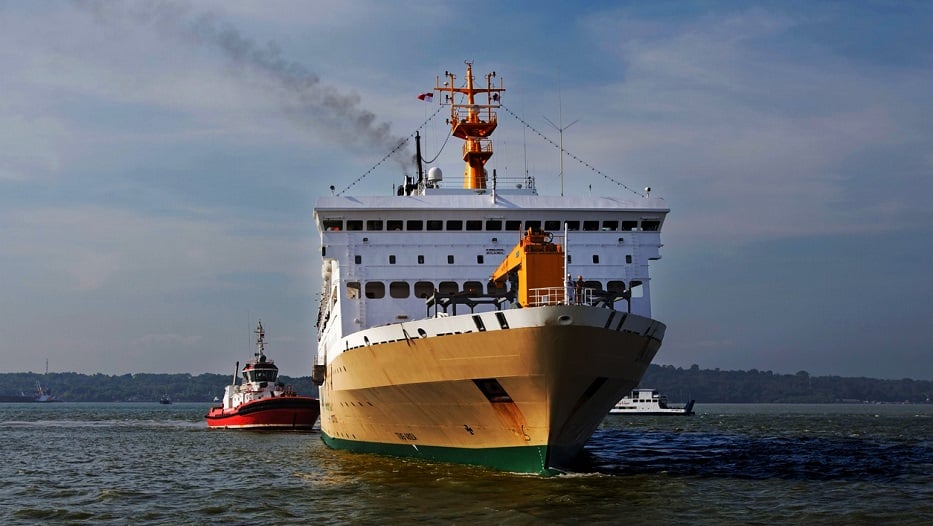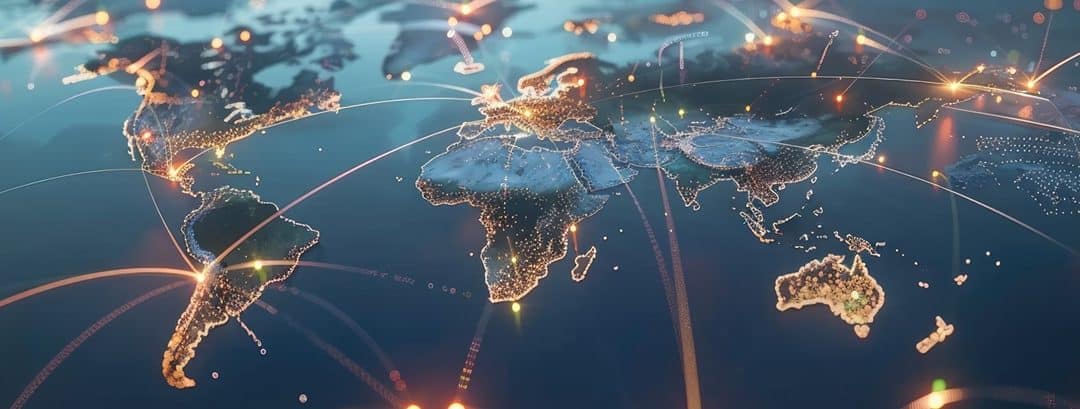With the international goal of achieving mid-century carbon neutrality, major industries, such as the maritime industry, are trying to adapt to this challenge by overcoming their dependence on fossil fuels, and adopting electrical technologies.
Following the international goal of achieving carbon neutrality by 2050, major industries and industries seek to adapt to this challenge by eliminating their reliance on fossil fuels such as coal or oil. To do this, they are adopting electrical technologies that allow them to remain competitive in the market while continuing to transition to a more sustainable and environmentally-friendly economy.
The maritime industry, one of the most important in the world due to its impact on growing global logistics – and therefore the global economy – is making great strides toward transforming its traditional mechanics.
12% of the vessels being built already use alternative sources
One of the areas that has had a rapid adaptation to the new energy systems has been the port network, the first infrastructure in the maritime industry to feel the progress of electrification with the advantages that this entails:
- Long-term cost reduction
- Greenhouse gas reduction
- Noise minimization
With some obstacles, and untapped potential, sea transport takes its first steps. Today, the vast majority of vessels – both goods and passengers – travel using fossil fuels, even though they gradually integrate electrical elements. This application is made partially and not entirely sustainable, since large merchant ships include methods of electric-powered propulsion generated by diesel or LNG engines, making them hybrid vehicles. While there is still much to go, according to a report published by the DNV consultancy on energy transition in the maritime industry, 12% of the vessels being built already use alternative sources.
Vessels operating at short distances have more options to accommodate alternative energy sources
A partial, gradual advancement on Maritime Transport
Large ocean voyages that underpin the international logistics network have the difficulty of time and space available onboard to implement electrical systems. Vessels operating at short distances have more options to accommodate alternative energy sources that often serve as a test and study for technologies that will change the industry. In fact, as the DNV report indicates, “for these ships, the distances and demands of variable energy power make these electric or hybrid propulsion systems more efficient than traditional mechanics.”
Commercial examples of electric vessels are therefore limited to short distances, although not necessarily to small ships. In this way, we can see examples such as that of Yara Birkeland, the first strictly electric cargo vessel, developed by a Norwegian company. This large ship – 80 meters long, more than 3,000 tons and 120 TEU cargo capacity – will eliminate 40,000 diesel truck trips every year and reduce nitrogen oxide and carbon hydrogen emissions by transporting. Although its goal is autonomous navigation for container transport, since its start-up – in Spring 2022 – it is in a gradual transition of crew release.
The maritime industry is subject to an international agreement urging the use of renewable and low-carbon fuels
In Japan, there have also been successful flotations of electric vessels, such as the Asahi Tanker company’s E5, which was commissioned at the end of 2021. With more than 60 meters in length and 499 tons in weight, the vessel is responsible for transporting fuel and essential materials to other ships within Tokyo Bay. Thanks to the reduction of noises and vibrations commonly generated by ships, it has managed to significantly mitigate noise pollution.
The obstacle to having the storage capacity to embark in deep water means that most vessels are limited to using liquefied natural gas (LNG) or liquefied petroleum gas (LPG), which are not carbon neutral. Another option is biofuels, although they are much more expensive and not yet available to all markets.
The future of ocean transport decarbonization appears to be based on industry synergy and supplementing environmentally-friendly energies
The unavoidable transition
The decarbonization of the maritime industry is a path which a step back will not be taken, and is driven by increasingly strict regulations. Within the European Union’s ‘Fit for 55’ set of targets, the maritime industry is subject to an international agreement urging the use of renewable and low-carbon fuels. The purpose is to progressively reduce emissions from 2025 – regulation applied to vessels larger than 5,000 tons, responsible for 90% of CO2 emissions worldwide –.
While the commitment is unavoidable, the roadmap is built on hybrid vehicles that combine electric power with the use of renewable biofuels or clean sources. As such, electrification challenges such as storage systems for long-term use or the on-the-go efficiency of their generating infrastructures are forming. With all lines of innovation open and a common commitment to success in reducing the impact of activity, the future of ocean transport decarbonization appears to be based on industry synergy and supplementing environmentally-friendly energies.




